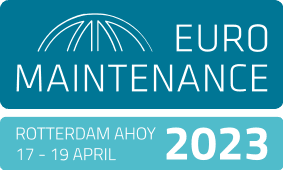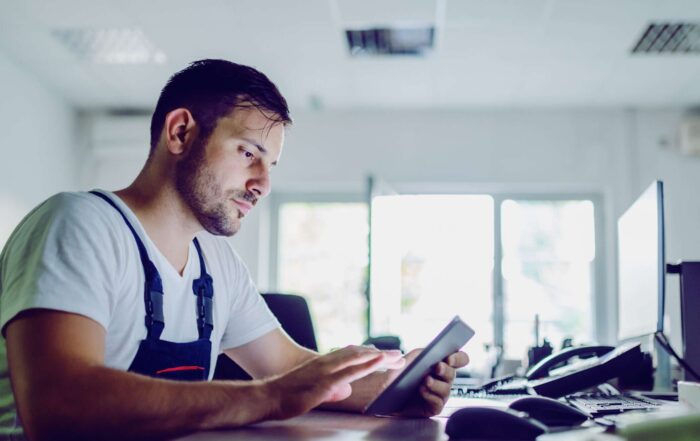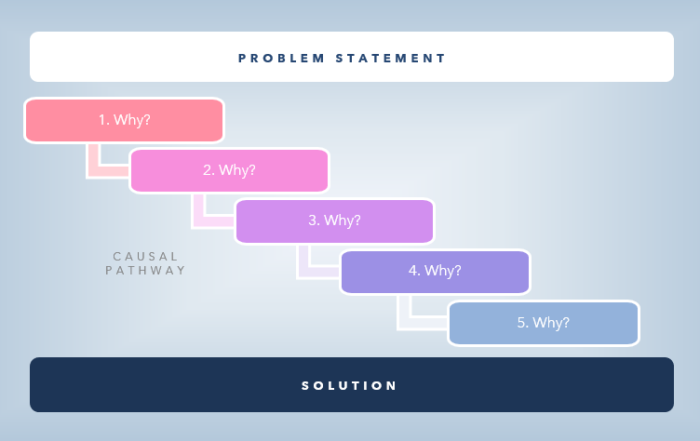This is a translation of the Dutch interview which was previously published in Vakblad Asset Management (NVDO) in February 2023.
As the network operator of the Netherlands and a large part of Germany, it is TenneT’s responsibility to ensure the continuity of the power supply and to manage the balance between supply and demand. The asset management department of Tennet has recognizable challenges such as the energy transition and the maintenance of the current asset base consisting of, among other things, 24.500 kilometers of high-voltage cables, 475 high-voltage stations existing of thousands of high-voltage components and equipment. Thijs Schuring, International Head of Maintenance Strategy; and Jos Slangen, Senior Strategist at TenneT, talk about how the harmonization of the Dutch and German (onshore and offshore) domains contributes to smarter and better asset management.
Transformation project
The asset management project is part of a larger transformation project at TenneT. The focus for asset management is aimed at switching from time-based to risk-based maintenance, with which the harmonizing of strategies and work methods play an important part. Schuring explains why this is essential: ”We used to be a country-focused organization. The off shore and onshore domains for the Netherlands and Germany all had their own maintenance strategies and their own work methods. That is not easily changed; however, this was the right moment to take steps. Especially when keeping in mind that the total workload is growing, the labor market is tight and that we want to digitalize further.” This does not mean that the previous methods and strategies were inadequate. “The different asset management domains were definitely on track. We just realized that the impact of maintenance can be much larger with a harmonized approach that can grow together with our ambitions. It is all about the achievability, how do we face the challenges and how can asset management contribute to this.”
Pilot sacrifices ‘sacred cows’
The goal was to compose and implement an organization-wide risk-based maintenance strategy. Schuring: “We had a roadmap and way of working for this change project based on an assessment by MaxGrip. We established three important workflows: creating an asset health index, fixing the basics and increasing work efficiency. The roadmap was first used as a pilot for all domains but only applied to a limited number of asset types.” The teams and important stakeholders in both countries, onshore and offshore collaborated intensively during the pilot. Schuring adds: “At the start, the pilot sacrificed some ‘sacred cows’. Luckily, the internal involvement increased quickly because we created trust by having open-minded conversations, keeping people up-to-date and emphasizing the positive sides. So, stressing the ‘what’s in it for me’ factor to everybody. We also consciously made use of existing best practices, for instance the risk-based approach of our offshore domain was already good, so we could use a large part of it.”
Balance
How does a standardized method and strategy relate to reality? Not every country and every domain has the same context and design of asset management. Slangen: “We were not familiar with international collaboration. We involved MaxGrip because they have a lot of domain knowledge and experience in transformation projects within international companies.” Together, they focused on creating a balance. Schuring: “This means that we want to create a robust framework but inside this framework, there is room for flexibility. This way of working shows that making certain choices has consequences.” Slangen explains: “For instance, offshore has entirely different principles than an onshore asset management organization has, especially in the logistic area.”
Embedding for the long haul
At this moment, the pilot has been completed with success and the project approach and maintenance strategy was formally approved by TenneT management. This means that the project is going into the next stage in which they are going to pick up a new batch of asset types for the transformation. Ernstjan Meinen, senior consultant at MaxGrip and project leader for TenneT, explains how the next stage is different from before: “We took the lead in the beginning, but we are doing that less and less. From now on, we are in a supporting role in which we can coach and assist where they need help. If it is necessary, we can cover for them but I trust that TenneT is going to manage the next stage successfully on their own.” Slangen adds to this: ”Yes, I believe that the ownership within TenneT won’t be a problem. A lot of people are enthusiastic about the steps that we are taking and they would like to contribute as well.” This internal adoption is very important. Schuring: ”We decide on the policy, but it also has to be executed by our people and by the service providers that have to work with it. All the organizations, domains and departments together can achieve a really strong result.”
Ready for the future
Schuring ends with a visionary statement: “This change project is not an end destination but a starting point. Just looking at the asset types of the pilot, we already have a projected annual cost saving of more than one million euros. We work well together across the whole board and knowledge and skills improve quickly. Moreover, it is an important step in the further digitalization of asset management at TenneT. We are creating a good foundation with this project for steps such as the implementation of predictive maintenance. In short, it prepares us for the future.”
Get inspired
Process and data standardization are crucial for any successful long-term asset strategy. An article sharing best practices.
More and more, we see companies acknowledge the crucial role that people play in getting successes by implementing Industry 4.0 solutions.
In this toolkit, gain access to spreadsheet and infographic templates to get started with a Five Why technique root cause analysis





